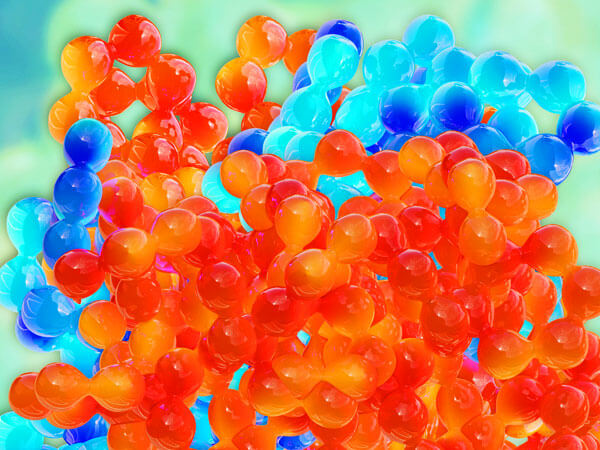Viral vector production typically entails transducing cultured cells and using their internal genetic replication machinery to generate additional copies of the virus. The produced virus is either shed into the culture media or remains within the production cell. The former can be directly harvested and purified by collecting the media without disturbing the cells, while the latter requires cellular lysis in order to access and purify the virus. In both situations, harvesting and purifying produced virus is typically done via a series of high-speed centrifugation steps designed to separate and remove cells, cellular debris, and incomplete/empty viral capsids.
Analytical ultracentrifugation (AUC) can provide valuable information regarding viral quality and batch-to-batch product consistency.

